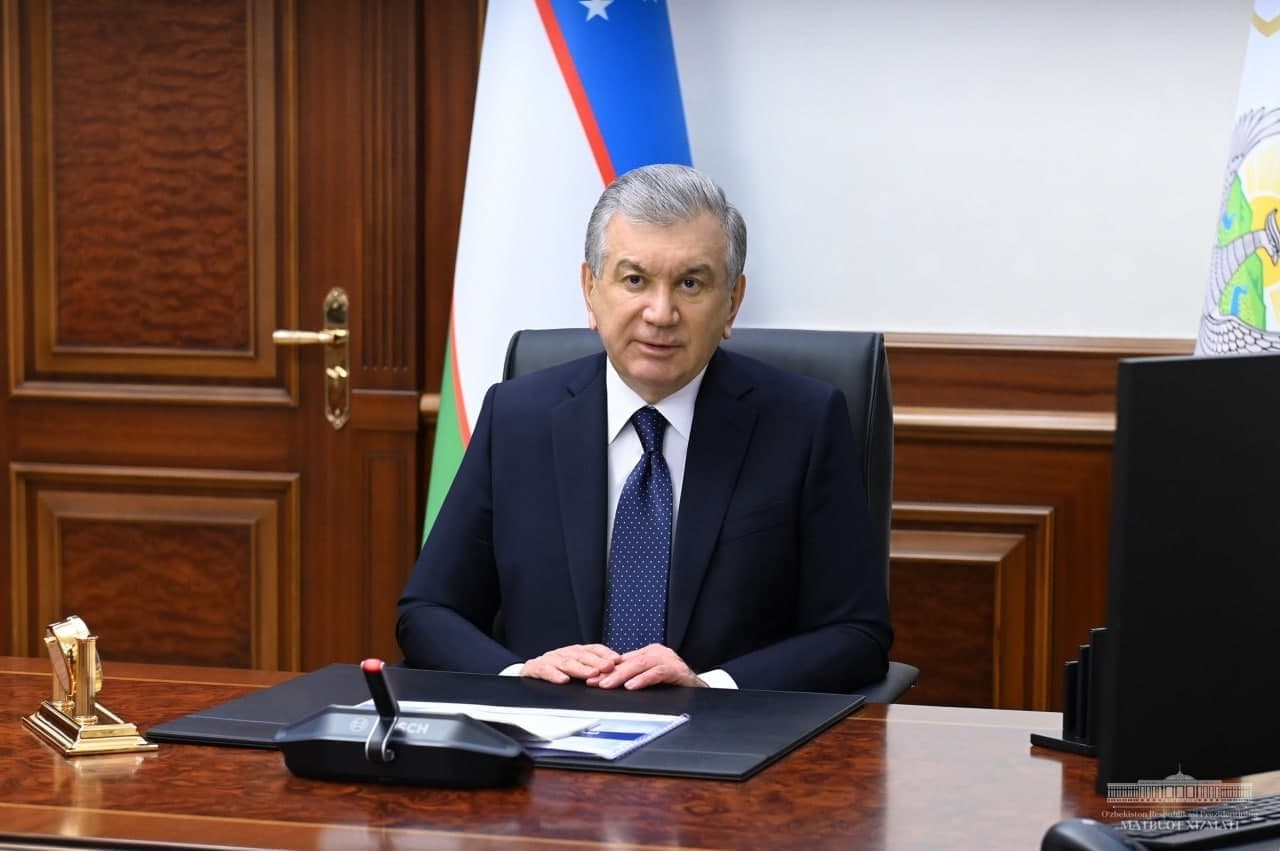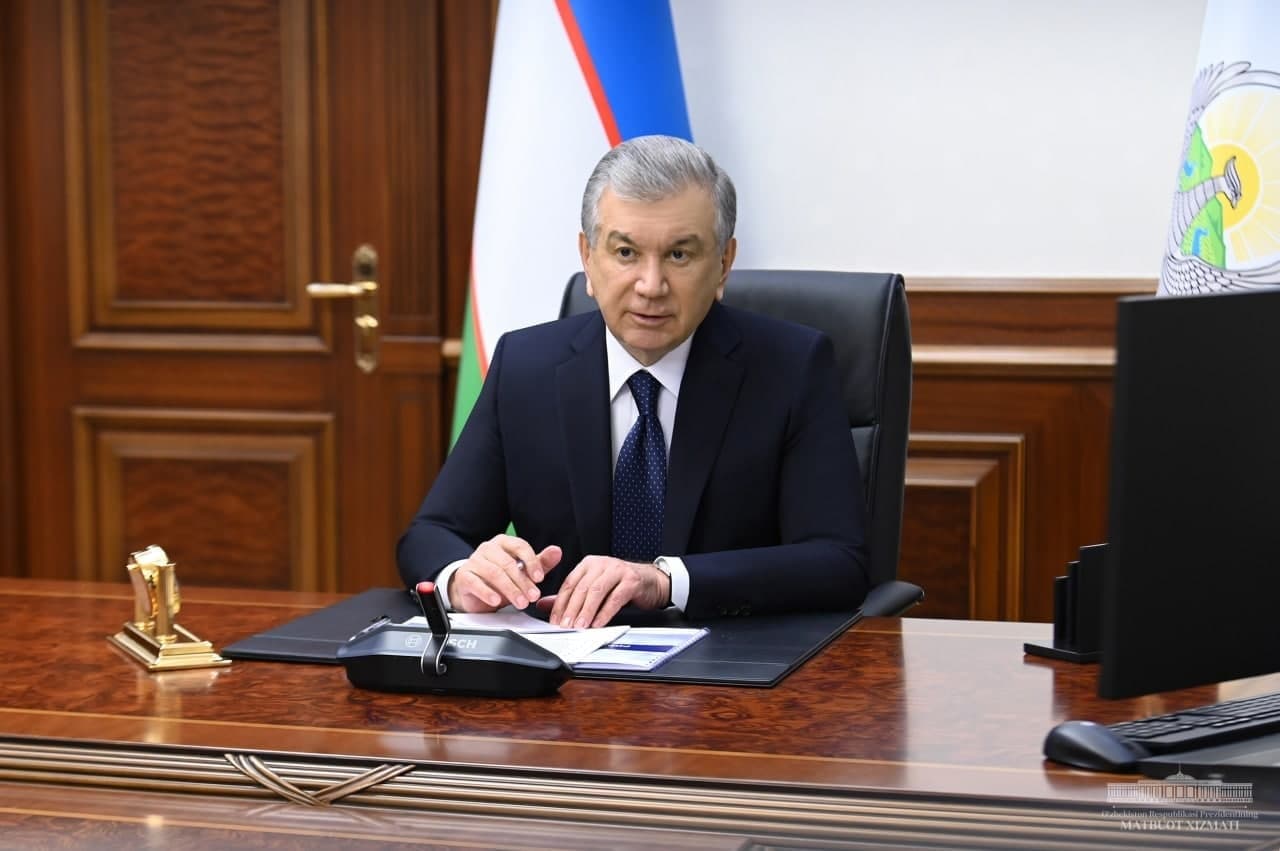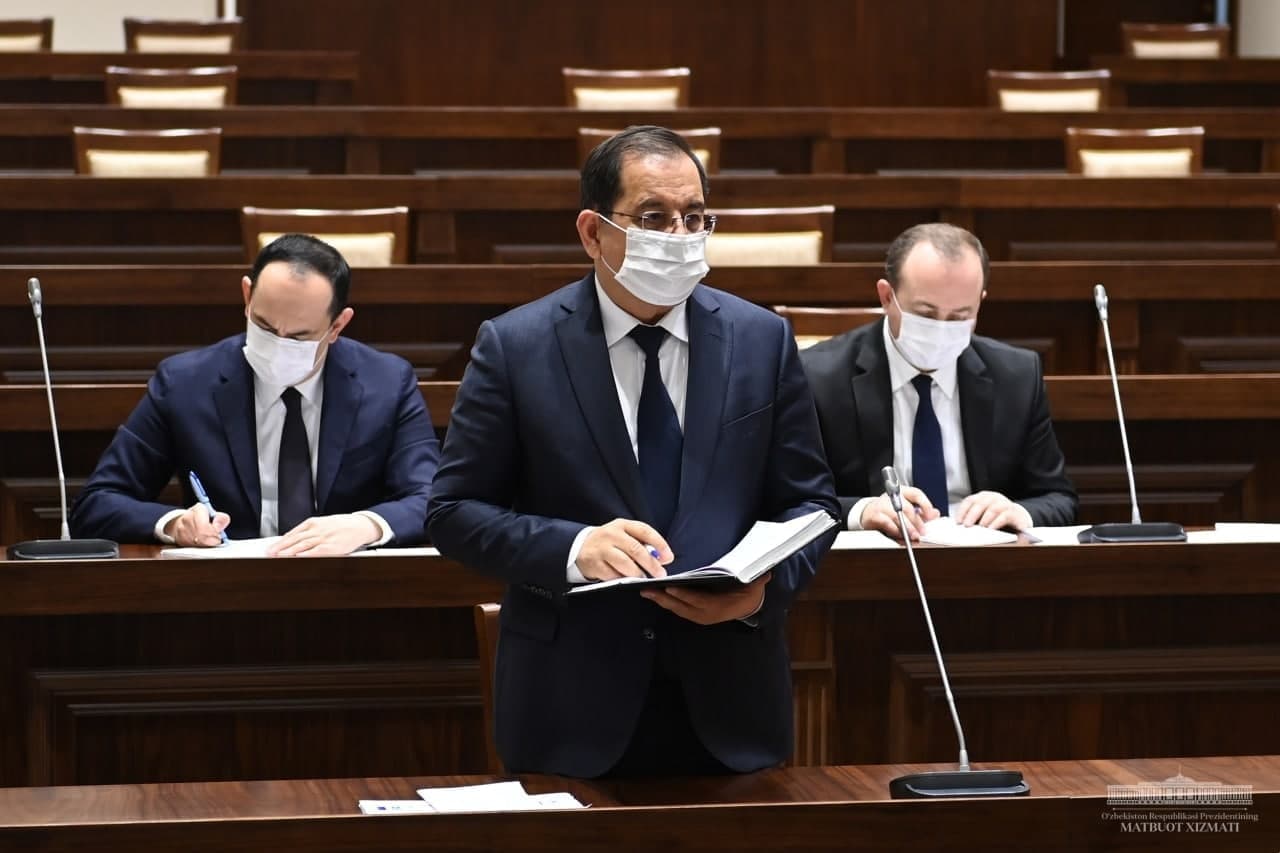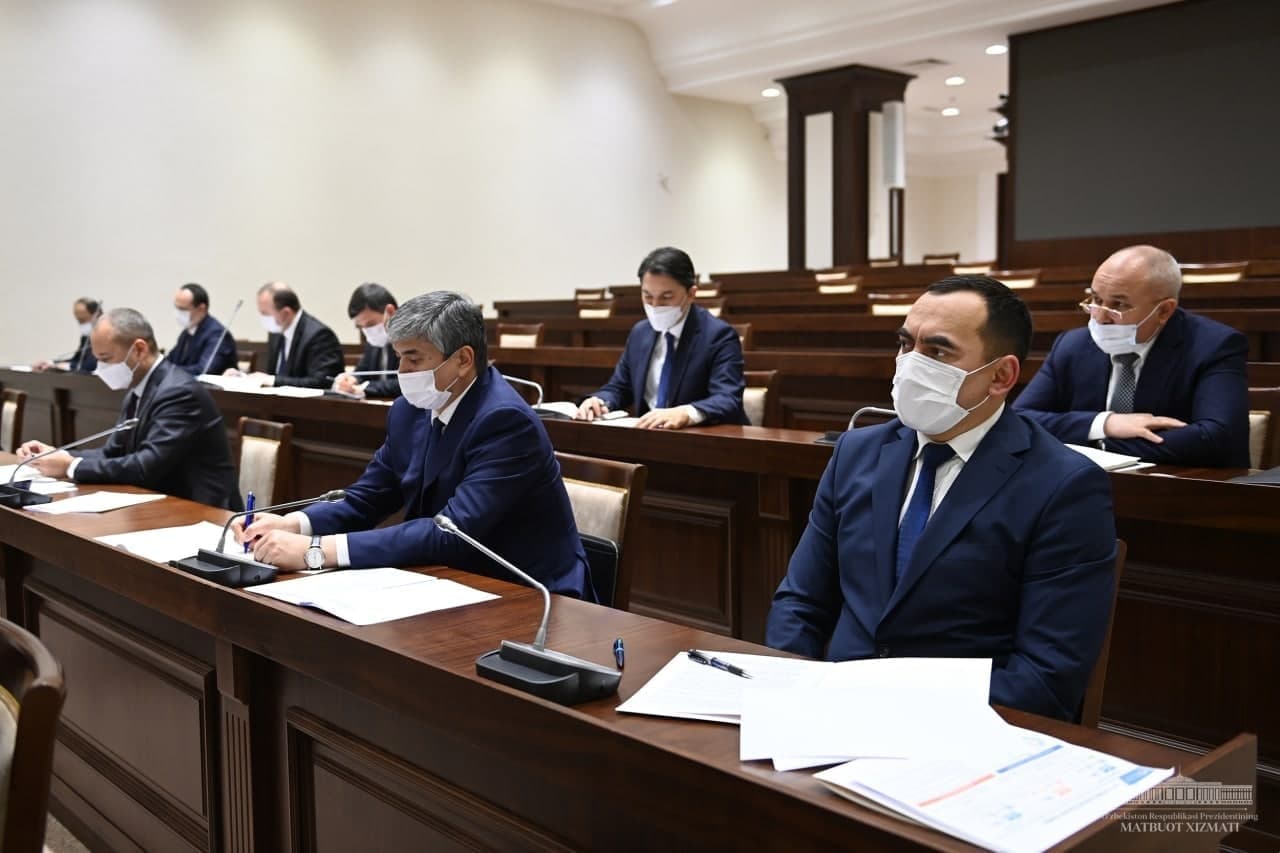
24.01.2022
On January 24 President Shavkat Mirziyoyev held a meeting on priority tasks in the leather and footwear industry.
This industry occupies an important place in the production of consumer goods. As a result of technological modernization and localization in recent years, the industry has developed extensively. Therefore, if in 2017 the leather products and shoes were produced for 760 billion Uzbek soums, in 2021 this figure has made up 4 trillion 415 billion Uzbek soums. During the same period, the exports increased from 105 million to 421 million Uzbek soums. Thus, the industry production increased almost 6 times and exports - 4 times. The share of finished products has also increased – from 32 to 78 percent.
Along with this, there are still many untapped opportunities in the industry – it was noted at the meeting. However, the certain problems complicate the activity of producers. In particular, there is no system of raw material accounting, not enough automated slaughterhouses, which affects the quality of fells. There is a lack of designers, technologists and qualified tailors, modern equipment, chemicals and components.
In Bukhara and Khorezm regions, 2 million fells are prepared annually, but their industrial collection and processing are not established. In Kashkadarya, Navoiy and Tashkent regions, where 1.8 million, 700,000 and 500,000 fells of small horned cattle are collected annually, respectively, their processing is not carried out at all. Many slaughterhouses operate with low productivity due to their remoteness from the population and lack of interactions with makhallas (the local neighborhood community areas).
In this regard, the meeting has discussed measures to address these and other problems, the systematic development of the sphere.
It was pointed out that it is necessary, first of all, to organize mobile services for cattle slaughter and collection of fells at makhallas, to allocate preferential loans for this purpose.
The responsible officials informed about 248 projects for the total amount of $421 million are planned for the current year. The President has underscored the need for timely launch of enterprises, as well as the development of new promising projects with an emphasis on the localization of products and mastering of modern brand-models.
The creation of 16 specialized small industrial zones is determined in Nukus, Altynkul, Shakhrikhan, Jandar, Namangan, Urgut, Samarkand, Angor, Akhangaran and Khazorasp districts, the cities of Namangan, Marghilan, Kokand, Jizzakh, Karshi and Nurafshan. The budget will allocate 90 billion Uzbek soums for creation of a relevant infrastructure in these regions.
The entrepreneurs will be allotted loans for the purchase of equipment for 7 years with a three-year grace period. A total of $60 million in concessional loans will be allocated to support the industry this year.
In addition, a task has been set to develop a special program based on the traditions of Kokand and Marghilan to support artisans at the makhallas, where a fur-trimming business is highly developed. The preferential loans and tax incentives will be provided for them as part of family business and housing programs.
As it was noted at the meeting, this year it is envisioned to bring the export of leather and footwear production to $500 million, and within three years - to $1.2 billion,
«This is a great goal», said President. To achieve it, there is a market, there are large resources of raw materials, and there is demand. However, it is necessary to create all conditions for entrepreneurs.
In this regard, it is planned to extend the previously granted tax and customs benefits until 2026. In addition, the reimbursement of part of expenses for foreign specialists will be introduced. The importance of creating wholesale warehouses and trading houses abroad was emphasized, for which loans in foreign currency at 4 percent per year for 3 years will be allocated.
To date, the share of women’s shoes in the total volume of domestic leather products is only 23 percent, children’s shoes - only 8 percent. Therefore, it has been instructed to stimulate this sector with tax incentives.
«The most important issue is the lack of specialists. This is why, every region should have a specific plan for this, it is necessary to set up a system for personnel training at the local level», said President.
The tasks were set to create a modern training and production laboratory at the Tashkent Institute of Textile and Light Industry, raise the qualifications of specialists abroad, and to train mid-level workers. The persons in charge of the industry, khokims (governors) and businessmen reported on the topic and made proposals at the meeting.








